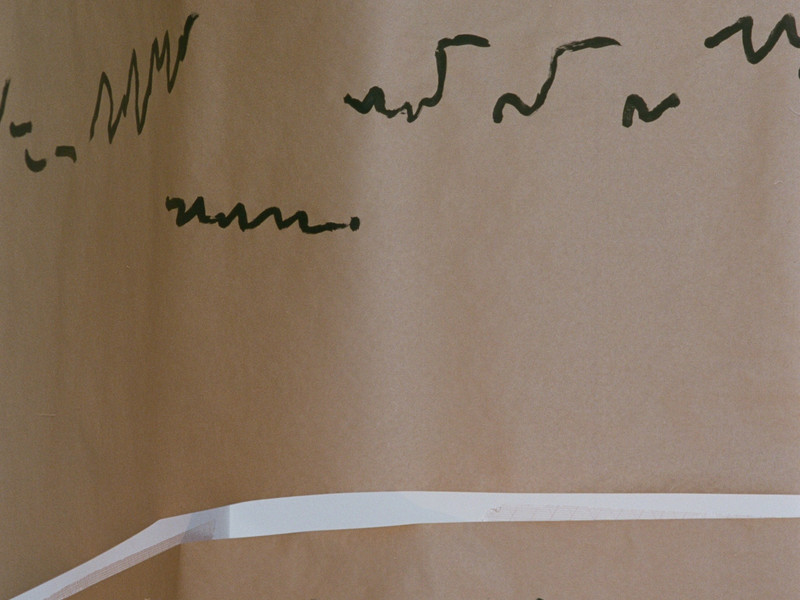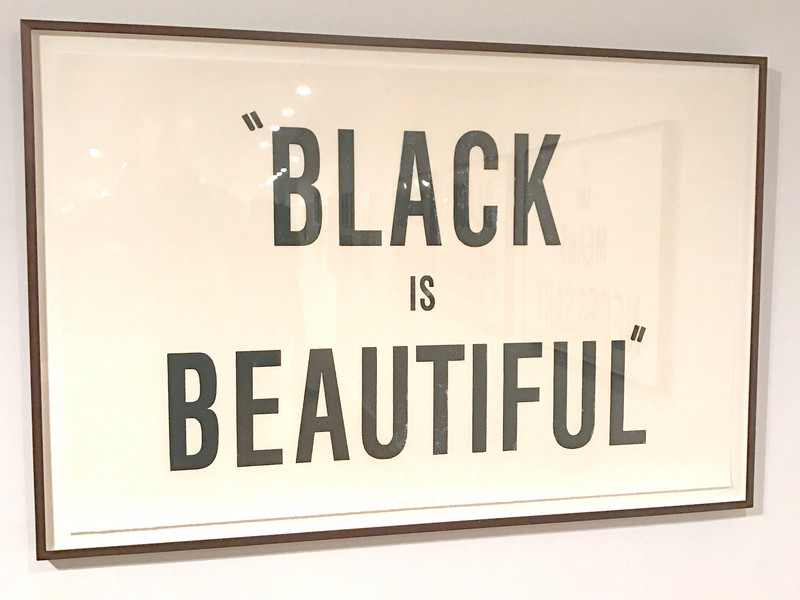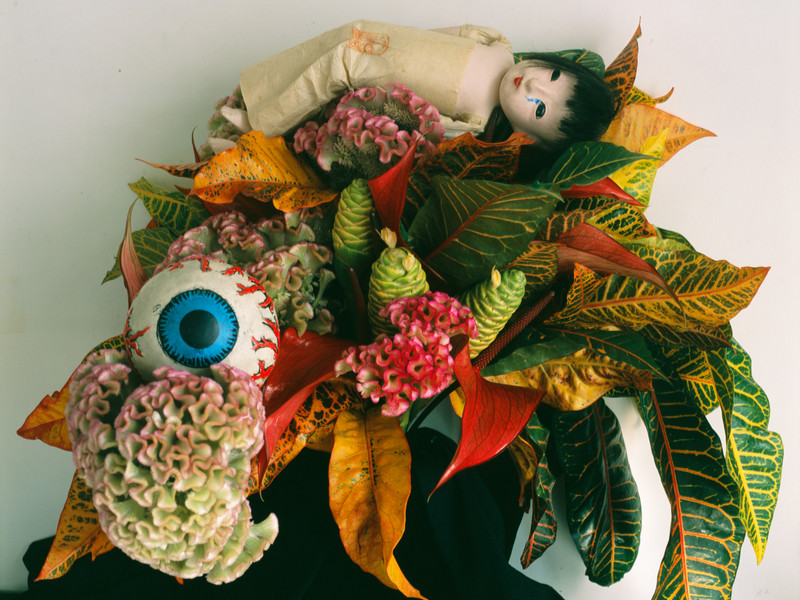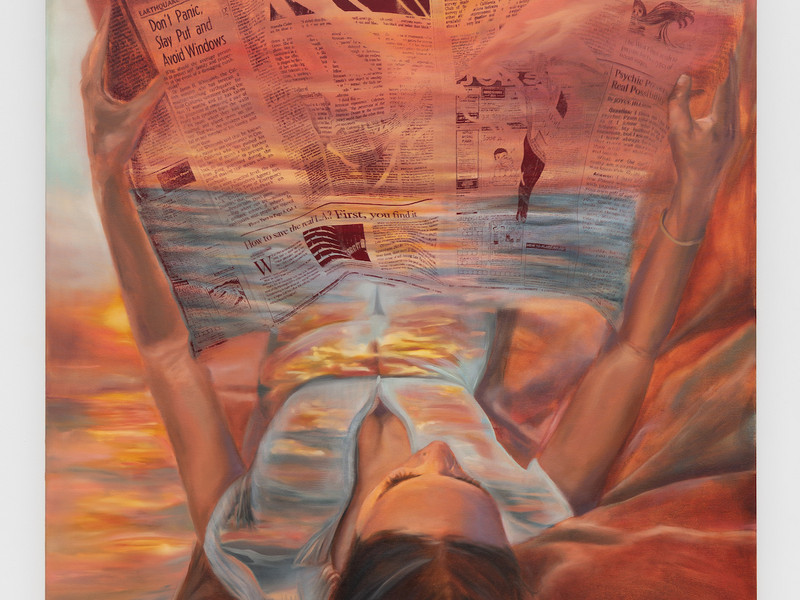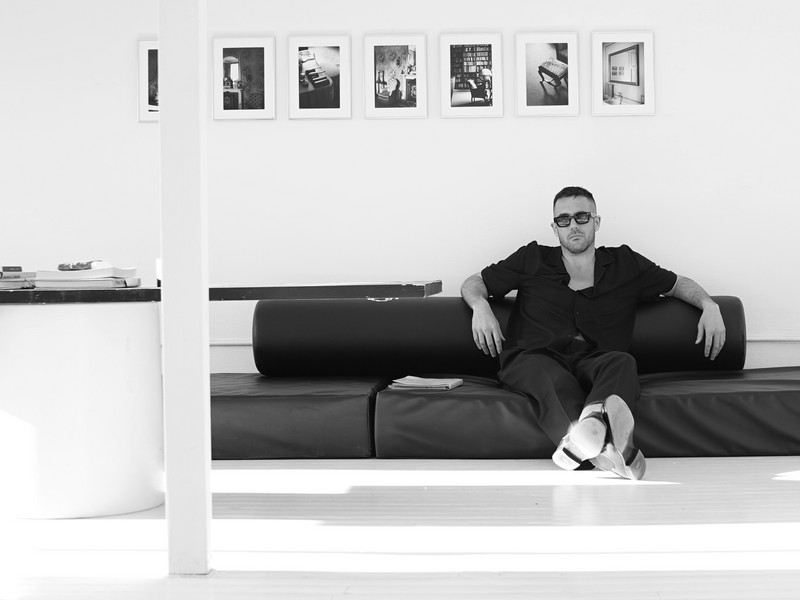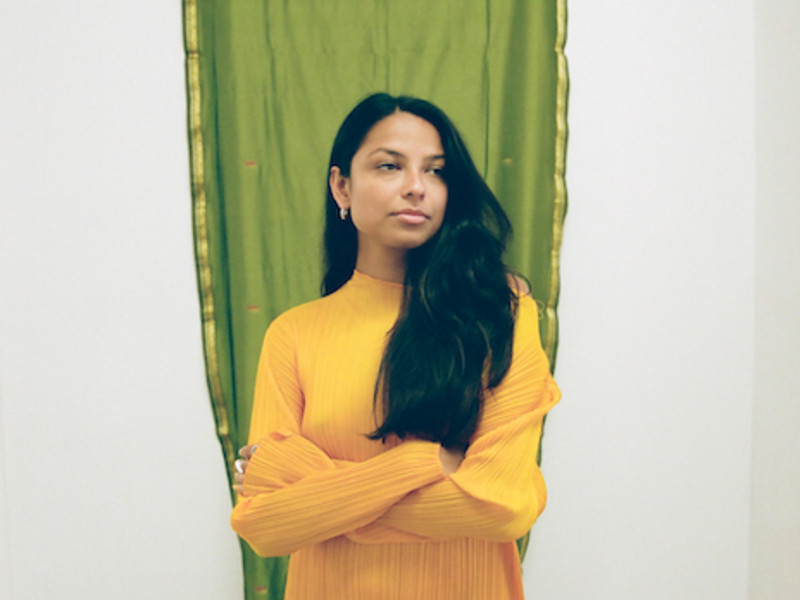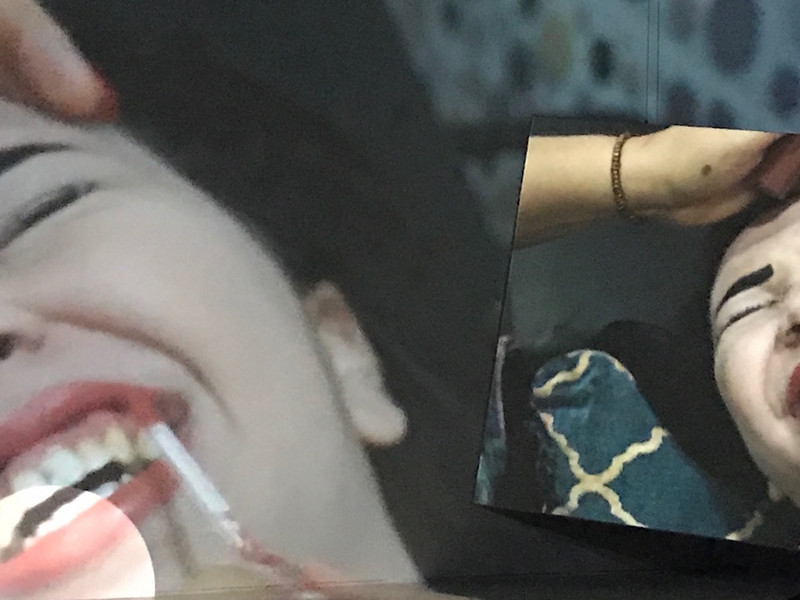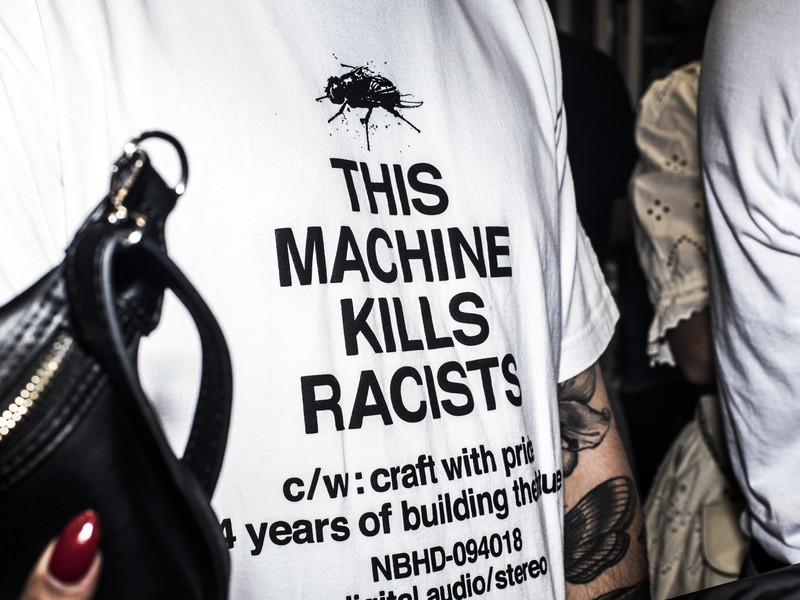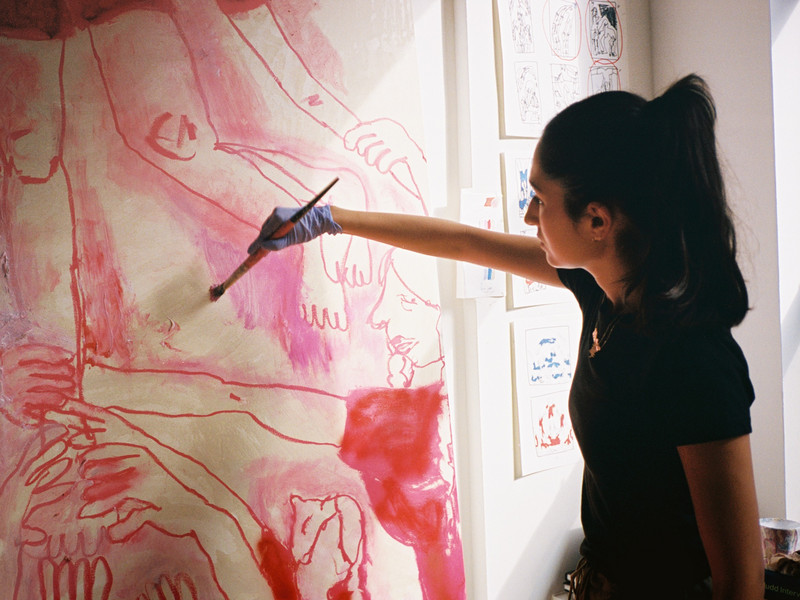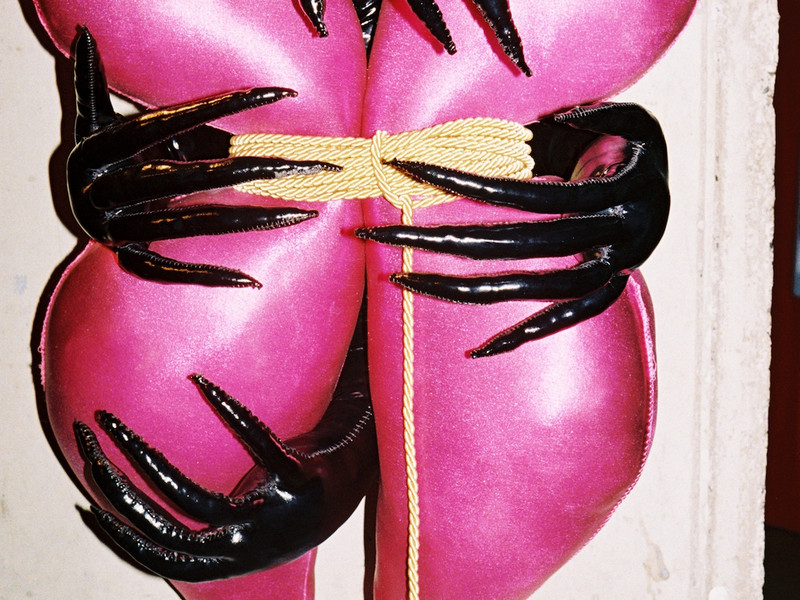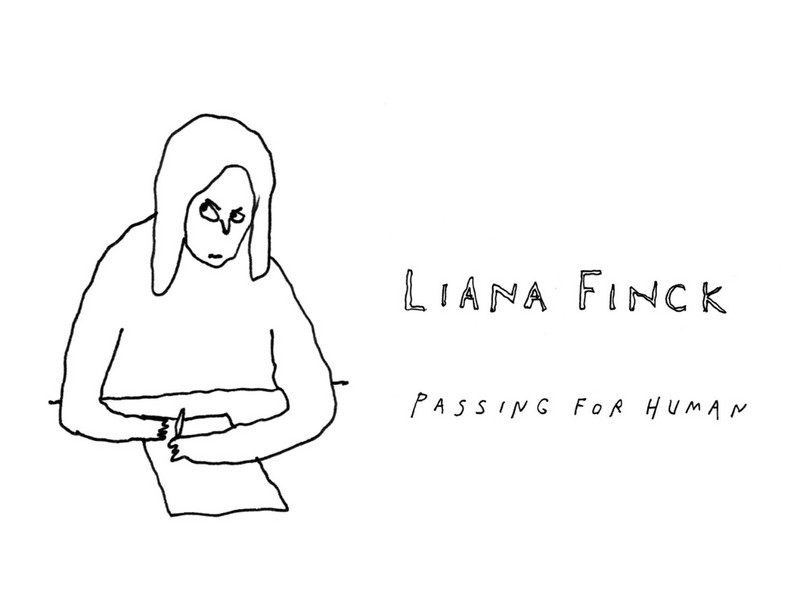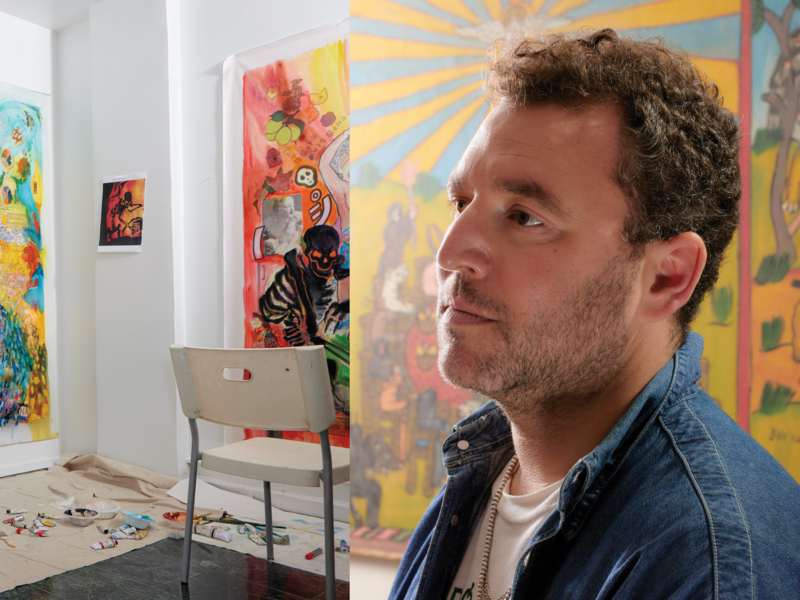Drawing With a Sonic Line
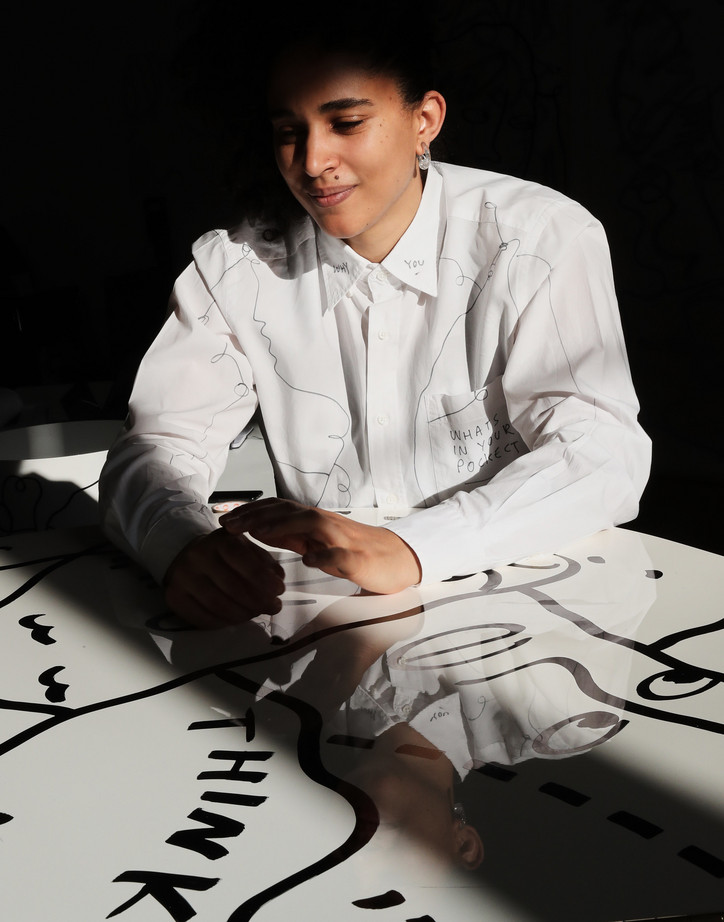
There’s a common trope associated with the persona/title of “artist.” A nocturnal being that sacrifices sleep and anything remotely associable with self-care for the sake of art. This isn’t Martin, and god are we lucky. A remarkably organized and stable being, Martin glows with positive energy — and she deserves to. Known primarily for her drawings which have appeared all over the globe at places like Lincoln Center, the Oculus, the Boston Ballet, the New Britain Museum of Contemporary Arts, and 92Y Gallery, she has also collaborated with the likes of Kendrick Lamar and The North Face. This performance marks her endeavor into the sonic realm while still incorporating drawing through a set of visuals that played alongside her performance. Taking words from various audience members, Shantell engaged in all things auditory, featuring word play and music sampled on her keyboard.
How do you prepare for an event like this?
For me, I don’t really have to prepare because a lot of my work is spontaneous, it’s improvised. So the preparation is just making sure I have everything I need. There’s more prep on the venue’s side than mine because I don’t know what I’m gonna do. So I just show up. But I want to make sure I have the right tools to just show up. What’s the extent of your structure going into this performance? So the extent for this night — I don’t think I’ve really done anything like this where I’m just doing the musical side… I haven’t figured out how to really term it so maybe you could help me out after you’ve seen it. Maybe you could give me some suggestions?
[laughs] I’d love to help.
You know I have a one woman show which is a mixture of three different chapters — a lecture, a live drawing part, and a live musical part. So this is almost like extracting the live musical part and just doing that section. Tonight I have about 20-25 minutes, I have a keyboard — a nice little Yamaha keyboard —, I have some pens, some paper, and a microphone and I’m just gonna show up and improvise some stuff. I might be asking the audience for some words and then use those as a springboard to create a drawing, but instead of the drawing being on a surface, the lines are words and keys. So imagine what I’m doing tonight is like making a drawing, it’s just a different medium.
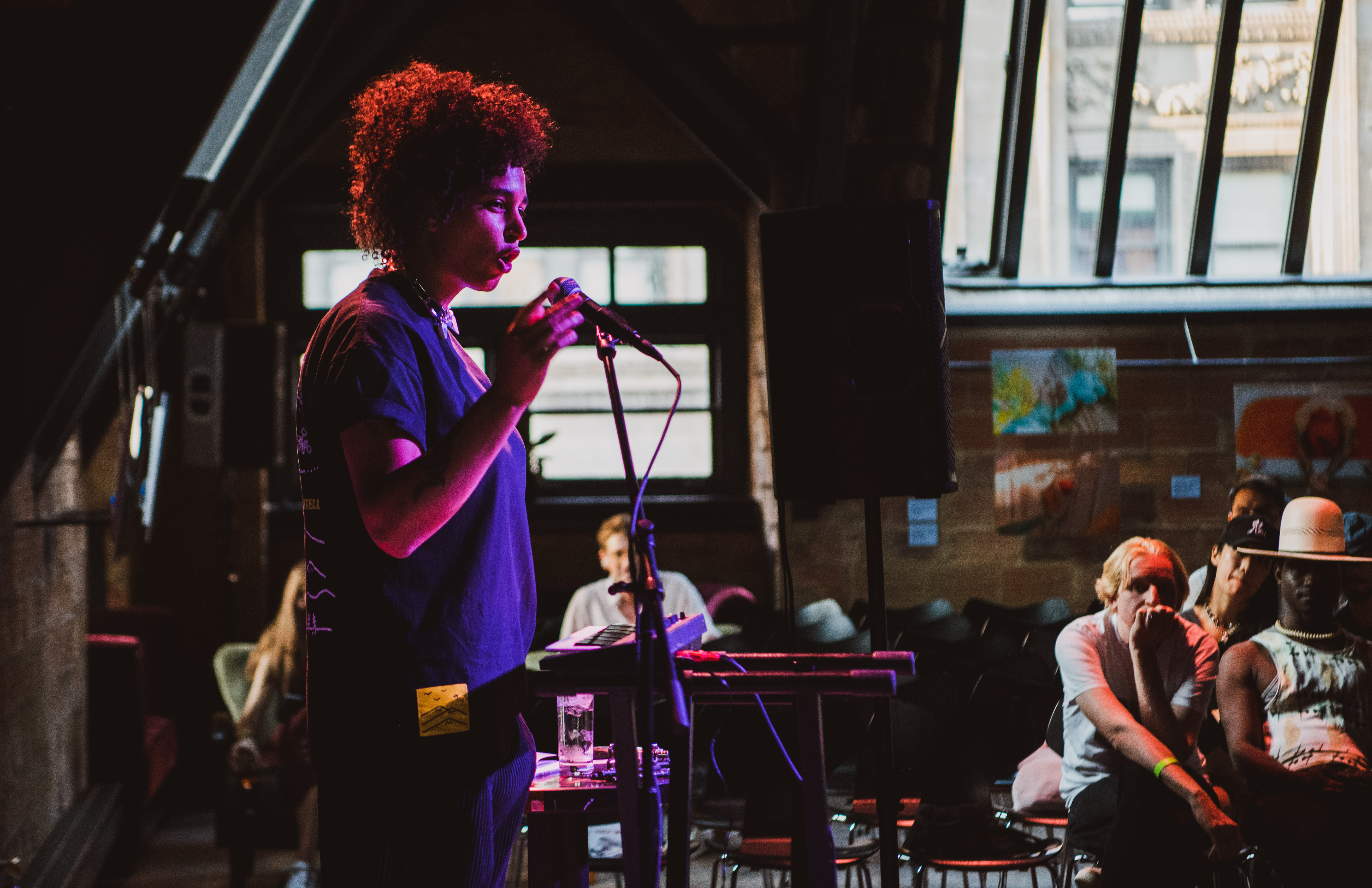
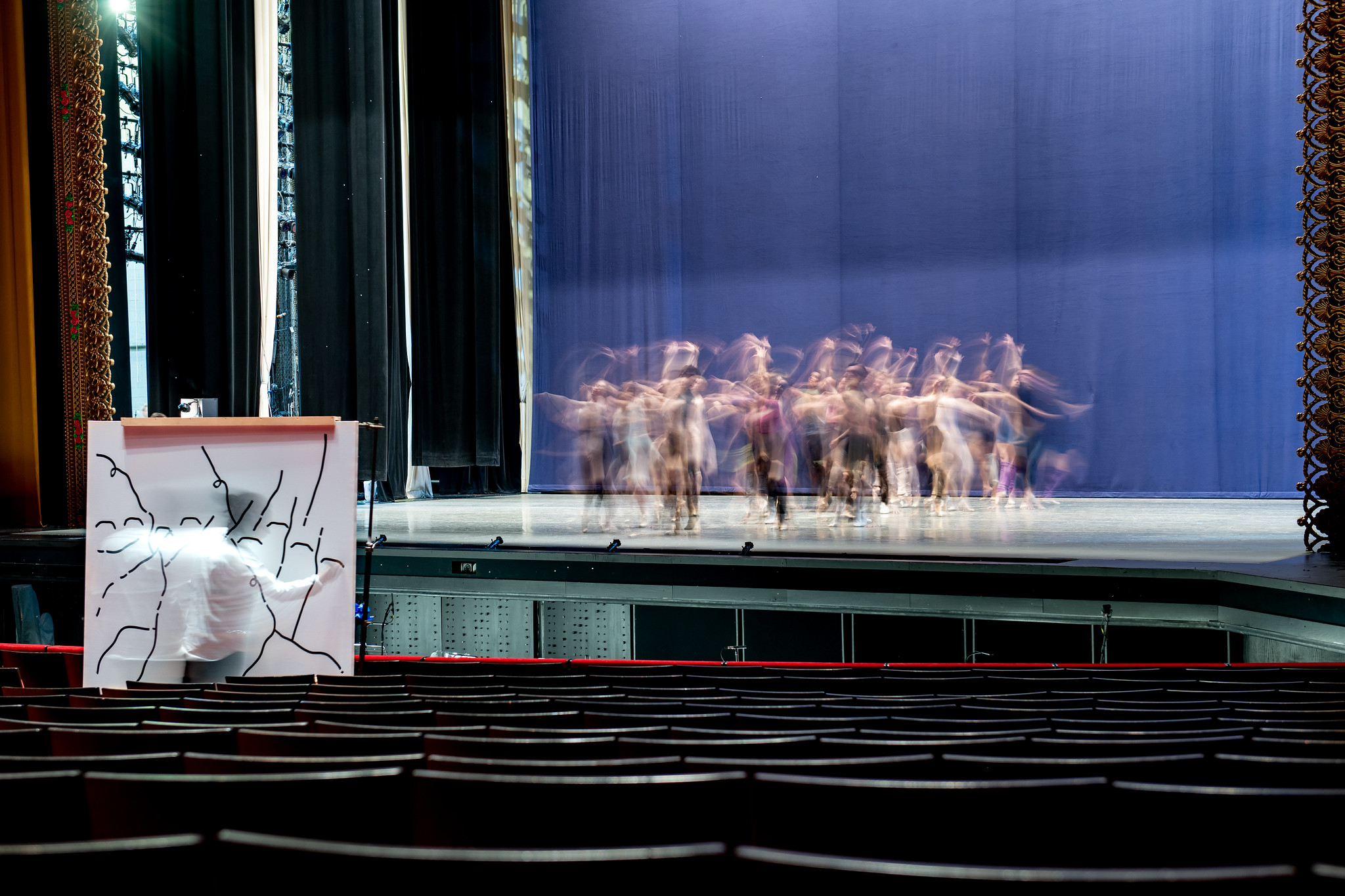
How long have you been working in music?
Only a couple of years. I had a keyboard hanging out in my studio for a long time and never used it, and then one day I just felt like — I just wasn’t having a good day. So I banged on the keyboard and it felt good! As one does. And I think, as creative people, when your main medium becomes, for lack of a better word, your main focus, your job, you don’t really then have that as an outlet to get stuff out anymore. And so the music, it can be angry, it can be sad, it can be all these other things, because at the core it’s my happy place, it’s the place where I get to express things. And then the work — the drawing — that I’m mostly known for is like my focus place. So that’s where I focus and where I try and master it and get better at it. Whereas the music, I can make all the mistakes I want to make because I’m just exploring with that medium.
So you try to establish a degree of separation between the two mediums.
Yeah. But I’m also bringing them together slowly. Like for tonight, I created some visuals specifically for this, so in that way I get to bring visuals into this.
You have such a distinct and specific style for your drawings, does bringing music into that world help keep you entertained? So you don’t get tired of a specific style or medium?
Well the thing is that at your core there is a you, and I feel like it’s our purpose in life to figure out who that you is, instead of running away from it. And so for someone like me, I started my career in Japan as a VJ — making visuals for Dj’s, dancers, and musicians — and having drawn live for hours and hours and hours in Japanese clubs allowed me to extract my style, allowed me to extract my fingerprint, my identity, my self. And so when you know who you are, why would you work to change that? The thing is, I’d never get bored of my style because the medium’s always changing. I just choreographed my first ballet, I’ve been a scholar at MIT, a fellow at Columbia, an adjunct for many years at NYU. I work with brands, I work with museums, I’ve made printed circuit boards, I’ve made clothing, I’ve worked in code. There’s such a wide spectrum of where my lines live, so the foundation is my style, the foundation is this core, but if you dig deeper into that you’re gonna see that there are so many different variations, different colors, line thicknesses, philosophies. Essentially I like to think of myself as a philosopher, someone that thinks and questions, and it often takes the form of the drawing. But drawing can also change its medium between industries, and if you look back on the work I’ve done, it does.
Well that’s where spontaneity comes back into play. You have yourself, a vessel for creation, but the medium can ebb and flow — it’s just a different body of water. So it’s very situational, like here tonight you’re doing it through music, you’re in Tokyo at the beginning of your career VJ’ing at clubs, you’re at Boston Ballet choreographing dances, drawing at Lincoln Center. It’s ever-changing, and that’s something that I think is great about you — you’re able to adapt to your settings while still maintaining your “line.” Which is perhaps why you’re so prolific. In addition to that adaptability, how else do you manage to do so much?
You just put one foot in front of the other and keep going. And you stay curious and you stay open and you stay playful. Everything I’m doing I enjoy doing, I’m excited to do it. Why else would you want to make art or be an artist if it’s not to have that freedom of creation, to do what you want when you want and how you want. And then eventually, overtime, that builds a large body of work.
When did you first start developing your style? Was it in Tokyo? Was it in art school?
It’s always been there. I’ll be doing something now that I think is new, and then I’ll find a sketchbook from 20 years ago and I’m like oh shit I was doing it back then too. It comes back to that idea that there is this core of you. We think that we evolve, we think that we change, and yes we do and the scenery also changes, but there is a core of us that is ultimately seeking the same questions. And those questions might be different for all of us but ultimately there is a core of us that doesn’t change, that isn’t evolving. And that’s not a bad thing. I think we have this cultural thing where if you’re not growing, or changing, or evolving, that’s considered a negative thing. But if you’re secure and confident and understand who you are, then everything around you can change, and you actually invite that change. And so there is always change within that kind of stability, it’s just that now you have a strong foundation to build on top of. And that foundation is pretty solid, but what you build on top of it just like any building can be different and look different and change for anyone.
You make a really great point about the idea of change and how there is a lot of societal pressure to continue evolving. And like you’re saying about scenery, setting can often create an illusion to us and make us feel like it’s ourselves who are changing so drastically, and there’s that pressure to do so, instead of attributing any of it to the impact of setting and scenery. But like you said, there is a certain level of stability one can find within all of that change, forcing one to not only think internally but externally as well, observing the world around you and exploring how that interacts with your psyche and internal stability. Is that something you found through creating?
Yeah, definitely. I’m so grateful to have been and be an artist, because it gives me that power of reflection to look back at myself, physically, through the things I create. It gives me the power to look back at things I’ve thought, and the different versions of me as time goes on. But it also gives me the ability to create connections and have experiences in different ways that perhaps you couldn’t do in other spaces and other careers.
You’ve done so much, you’re so prolific. Do you feel a pressure to keep that up?
It’s funny people always ask me “Shantell what are you working on now?” I say “nothing.” And then they look really strangely at me and I say “Yeah it’s really hard.” And then they say “Huh?” Because as creatives there’s this constant pressure to always be making always be creating. And if I say well look in the last two years I released my first monograph, I did a TED Talk, I had a museum retrospective, I had a museum show, I had a gallery show, I choreographed a ballet, I took over the Whitney Museum shop. You know, I’ve done enough things in the last 24 months, and now I can focus on doing nothing. But nothing isn’t an absence of something, nothing is a vast place where you can discover so much and be creative in that place. So I‘m excited to embark on this next chapter of discovering peace and quiet and in the process seeing what creativity comes from that.
